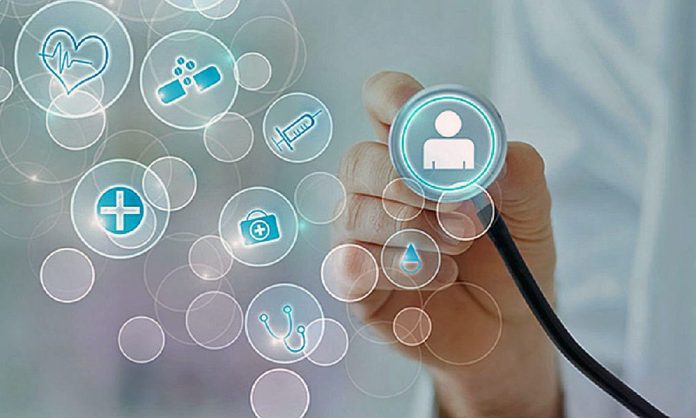IoT-based sensor technologies will become increasingly essential as a means to track and monitor such things as location, distance, and presence in the post coronavirus (Covid-19) era, according to the LoRa Alliance.
Proofs and trials, which had struggled to make the business case for IoT before Covid-19, and have been curtailed in the short-term because of it, will be fast-tracked suddenly, as the pandemic has put a premium on automation and intelligence in work spaces and public spaces.
Derek Wallace, vice president of marketing at the LoRa Alliance, remarked: “Lots of IoT projects and developments have taken a hit, but IoT will go from ‘nice-to-have’ to ‘need-to-have’ in the longer term. Those projects that struggled because there wasn’t enough research to prove the return on investment will be brought forward because of Covid-19.”
He added: “That whole paradigm will be turned upside down completely. A lot of development will be brought forward, as social distancing measures are retained In buildings, in particular, companies will seek ways to prove where people have been, ways to prove cleanliness, ways to show activities in real time to make their buildings safe for people. More and more use cases will be discovered.”
Wallace noted early research from analyst houses about the Covid-19 impact on the IoT space. ABI Research has said the short-term impact will see an 18 percent slump in new wide-area IoT connections in 2020 compared with previous forecasts, but that the sector will regain its buoyancy thereafter, as a ‘new normal’ emerges.
GSMA Intelligence has just revised its own forecast for net IoT additions in 2020, to almost half of last year’s uplift, but said similarly that buoyancy will be reasserted in the longer term.
The LoRa Alliance, like other organisations pushing rival technologies, has sought to promote the application of IoT tools to combat Covid-19. Wallace highlights a joint solution from LoRaWAN gateway maker Kerlink and data management company Microshare, described as a “Fitbit-style wearable” for contact tracing in the workplace.
The Kerlink-Microshare device combines LoRaWAN and Bluetooth Low Energy (BLE) in a badge, keyring, or wristband form-factor. It is targeted at sites where smartphones are either prohibited, or else not commonly carried. These include factories, plants, warehouses, construction sites, mining and oil & gas sites, prisons, barracks, schools, hospitals, and healthcare facilities.
When devices come in close proximity to each other, they scan and record the other’s user identifier (UID) over BLE. These “encounters” are uploaded to a secure and searchable cloud database over LoRaWAN. Only agencies responsible for mitigating Covid-19 exposure can identify the wearers of the devices.
Wallace commented: “This combination is one of the better contact tracing solutions I have seen because of the effectiveness, and because it is more ubiquitous. There are smartphone solutions being touted by some carriers and manufacturers, but not everyone has a smartphone. This type of solution is really good for smart cities and smart buildings.”

